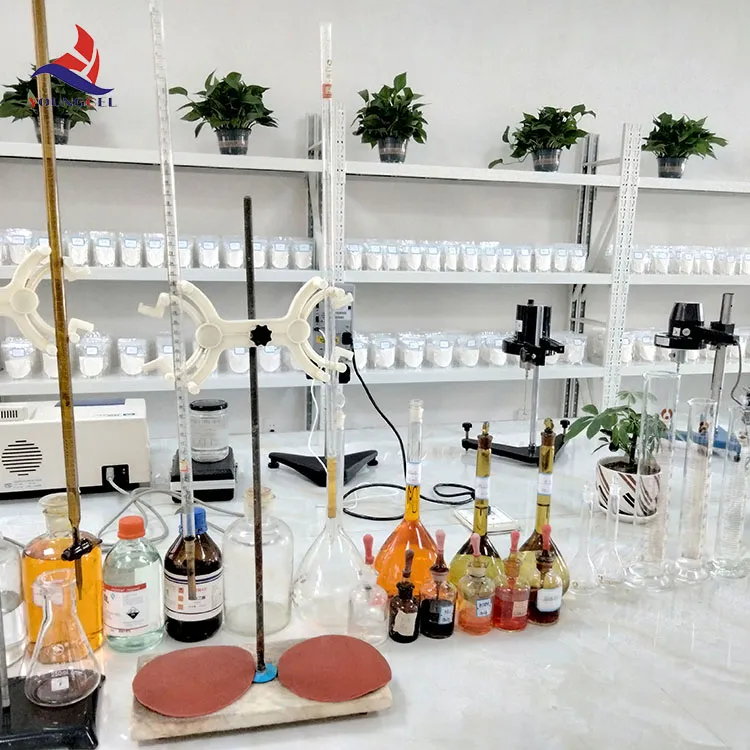The Role and Importance of Ceramic Adhesives in Modern Applications
In the rapidly evolving landscape of materials science, ceramic adhesives stand out as a crucial component in various industries. As we seek durable, strong, and temperature-resistant solutions, the significance of ceramic adhesives becomes increasingly apparent. These adhesives are primarily composed of inorganic materials, providing them with unique properties that make them suitable for high-performance applications.
Ceramic adhesives are characterized by their excellent thermal stability, high resistance to chemical corrosion, and the ability to withstand extreme temperatures. This makes them invaluable in industries such as aerospace, automotive, and construction, where materials often face harsh environmental conditions. For instance, in the aerospace sector, components must be bonded securely to withstand not only high temperatures but also mechanical stresses encountered during flight. Ceramic adhesives address these needs, providing lasting bonds that are critical for safety and performance.
Moreover, the strength of ceramic adhesives is another essential feature. They excel in providing high shear and tensile strength, making them ideal for applications where reliability is paramount. Additionally, these adhesives offer superior resistance to moisture and various chemicals, ensuring the longevity of components they bond. Industries that deal with automotive manufacturing utilize ceramic adhesives extensively, particularly in assembling engine parts and exhaust systems, where heat and exposure to different chemicals are typical.
ceramic adhesives

The formulation of ceramic adhesives can vary widely, allowing for customization based on specific application requirements. Manufacturers are investing in research and development to create adhesives that not only meet but exceed industry standards. Advances in technology have allowed for the introduction of hybrid adhesives that incorporate organic compounds with traditional ceramic materials. This development enhances the flexibility and ease of application while maintaining the robust properties associated with ceramics.
Furthermore, with the growing emphasis on sustainability, ceramic adhesives are gaining attention due to their environmentally friendly composition. Unlike many synthetic adhesives that may emit volatile organic compounds (VOCs), many ceramic adhesives are free from harmful solvents. This aligns with the global push toward greener alternatives in manufacturing processes and product formulation.
The application of ceramic adhesives extends beyond traditional industries. They are increasingly being utilized in electronics, owing to their effective insulation properties and thermal stability. As electronic devices become smaller and must dissipate heat efficiently, ceramic adhesives provide a solution that enhances both performance and reliability.
In conclusion, ceramic adhesives play a pivotal role in various sectors by offering strong, durable, and heat-resistant bonding solutions. Their unique properties make them indispensable in applications requiring high performance and reliability, from aerospace to electronics. With ongoing advancements in adhesive technology and a focus on sustainable solutions, the future for ceramic adhesives appears promising. As industries continue to evolve, the demand for these materials will likely increase, solidifying their place as a fundamental element in modern manufacturing and construction practices.
-
Rdp Powder: Key Considerations for Wholesalers in the Building Materials IndustryNewsJul.08,2025
-
Key Considerations for Wholesalers: Navigating the World of Hpmc - Based ProductsNewsJul.08,2025
-
Hpmc Detergent: Key Considerations for WholesalersNewsJul.08,2025
-
Key Considerations for Wholesalers: China Hpmc For Tile Adhesive, Coating Additives, Concrete Additives, and MoreNewsJul.08,2025
-
Crucial Considerations for Wholesalers: Navigating the World of Construction MaterialsNewsJul.08,2025
-
Key Considerations for Wholesalers Sourcing Additive For Cement, Additive For Concrete, Additive For Putty from Additive Manufacturer Shijiazhuang Gaocheng District Yongfeng Cellulose Co., Ltd.NewsJul.08,2025




